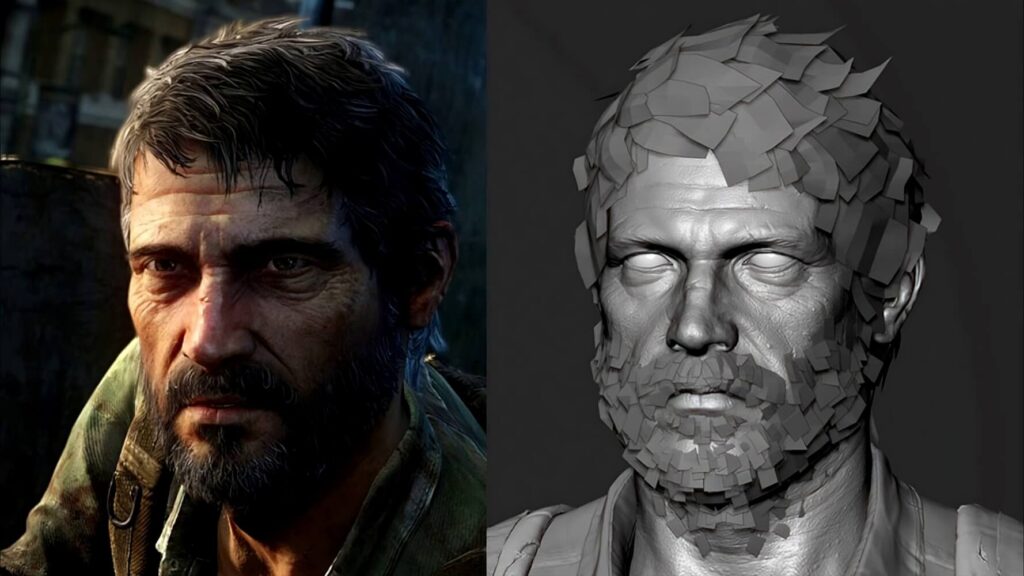3D modeling is a fundamental aspect of game development, providing the visual foundation for game worlds and characters. For game developers, mastering 3D modeling techniques is essential to create immersive and engaging gaming experiences. The process involves several stages, from initial concept to final implementation in a game engine.
The journey begins with conceptualizing the model, where ideas are translated into sketches or digital paintings. This stage is critical as it defines the scope and style of the model. Following this, artists use various software tools to create a 3D representation of the concept. Shapr3D, for instance, is a powerful tool that allows developers to create detailed models with ease.
One of the key aspects of 3D modeling for game developers is ensuring that models are optimized for performance. This involves careful consideration of polygon counts and texture sizes to ensure that the game runs smoothly on target hardware. Efficient modeling practices are crucial to balance visual fidelity with performance.
Another important consideration is the integration of models into game engines. Tools like Shapr3D offer export functionalities tailored for game engines, making it easier for developers to transition from modeling to implementation. This seamless workflow is vital for maintaining the integrity of the design throughout the development process.
Iteration is a significant part of 3D modeling. Game design iteration with CAD tools allows developers to refine and adjust models based on feedback and testing. This iterative process ensures that the final product meets the desired quality and performance standards.
In conclusion, 3D modeling for game developers is a complex and iterative process that combines artistic vision with technical execution. By leveraging advanced tools and techniques, developers can create compelling game assets that enhance the overall gaming experience.

